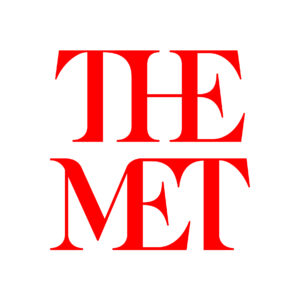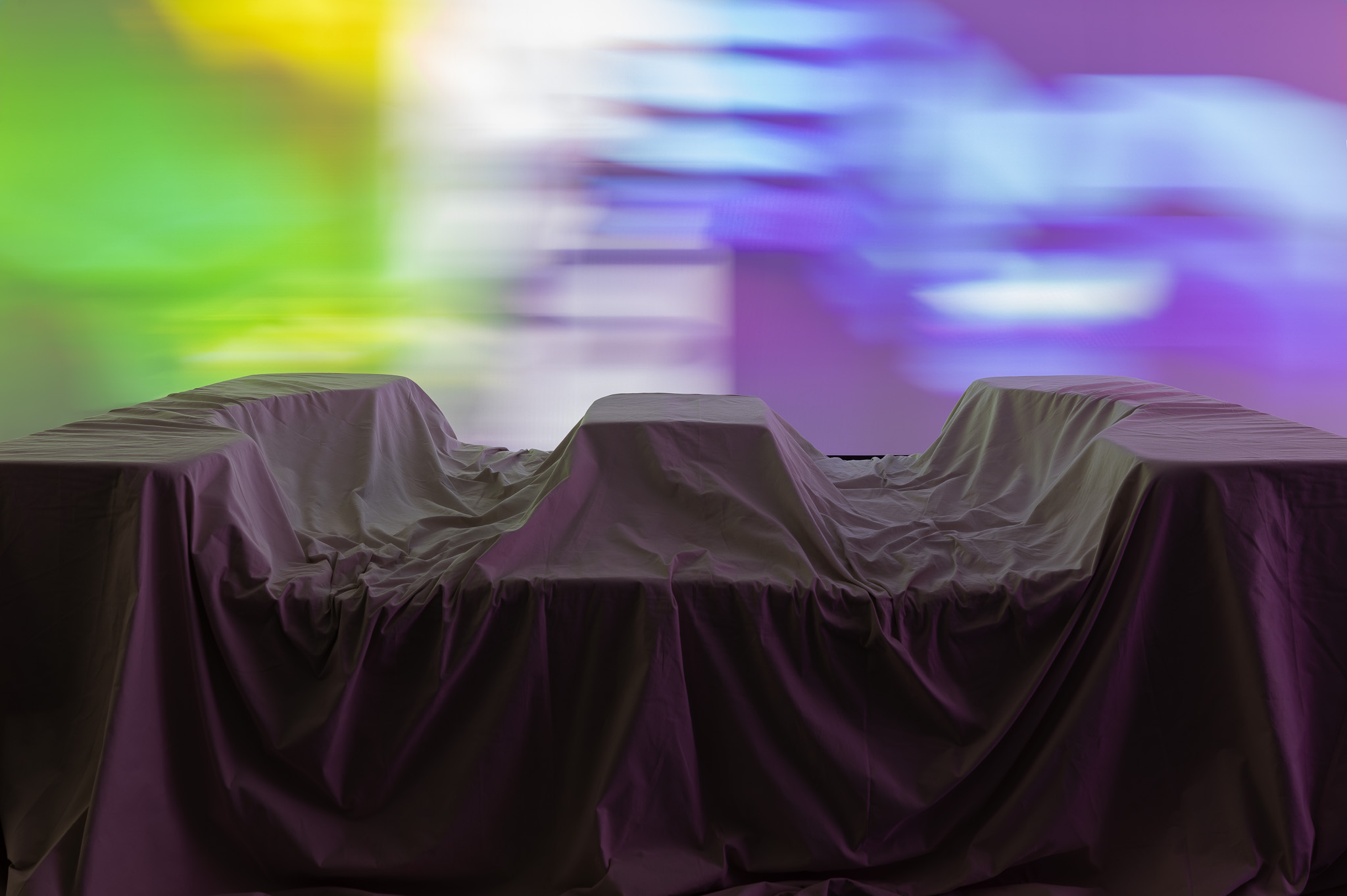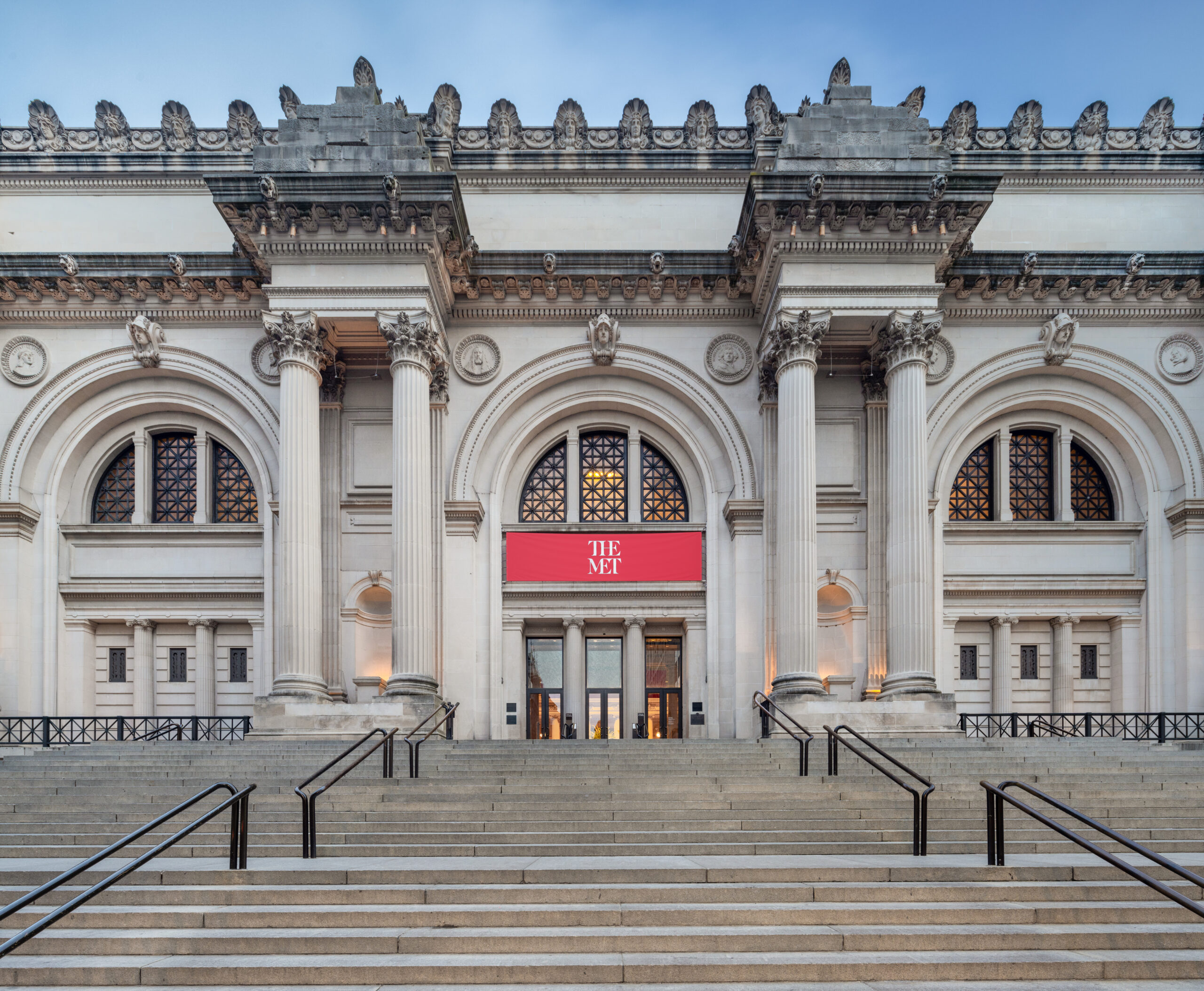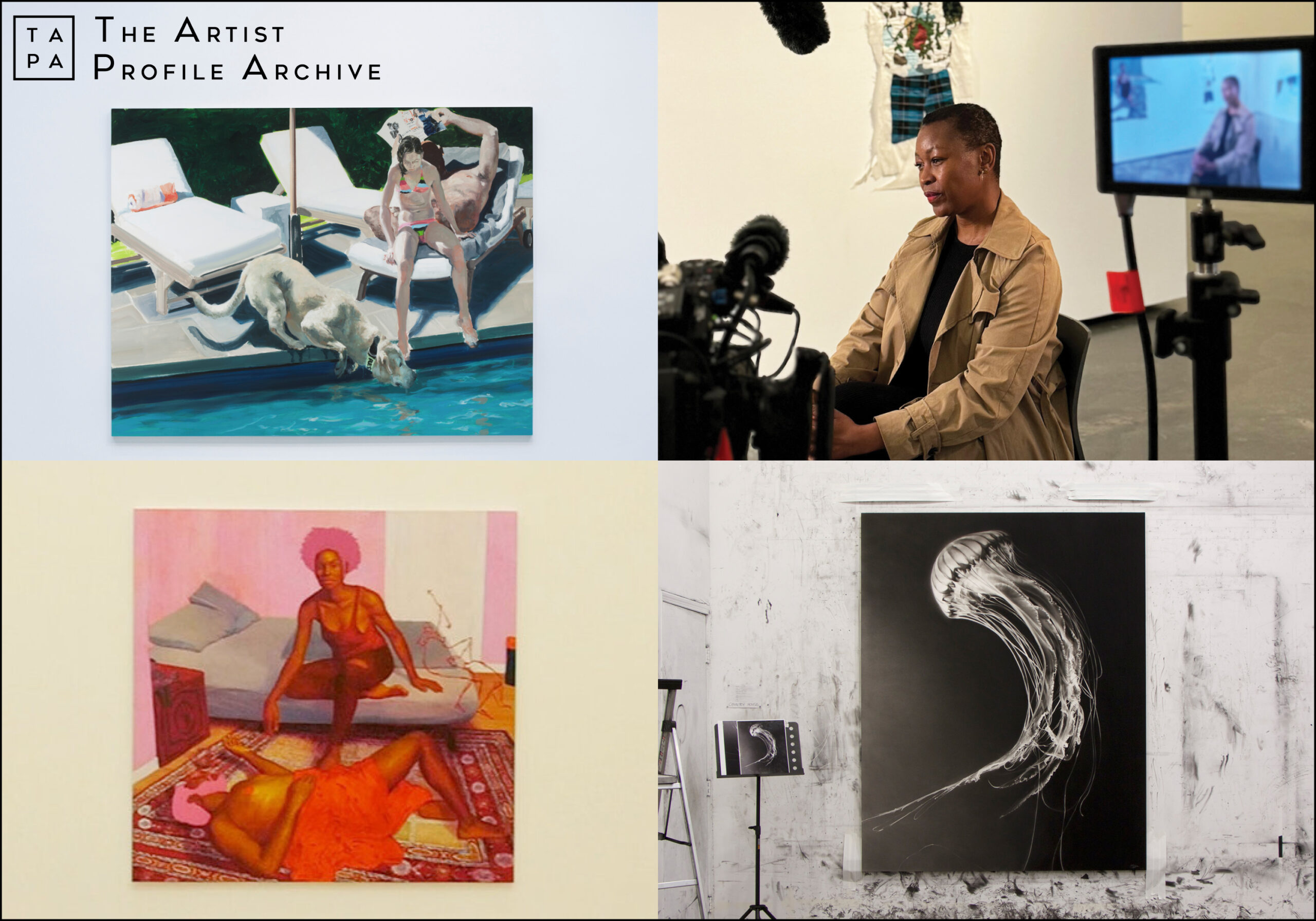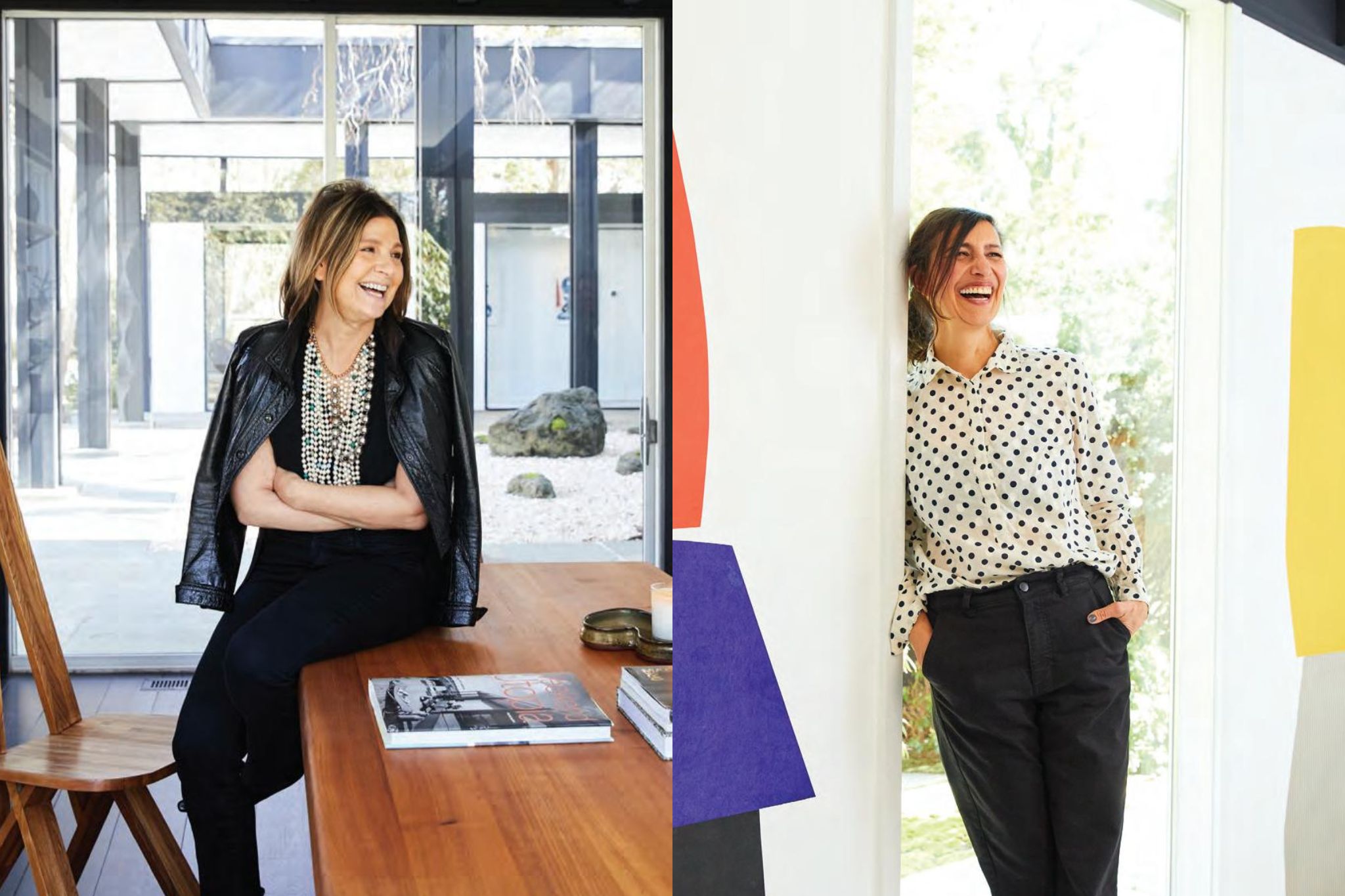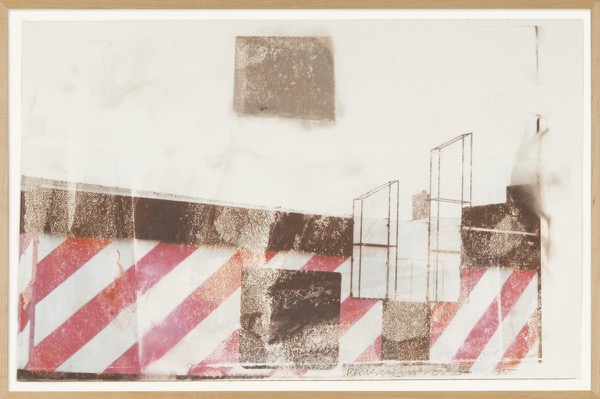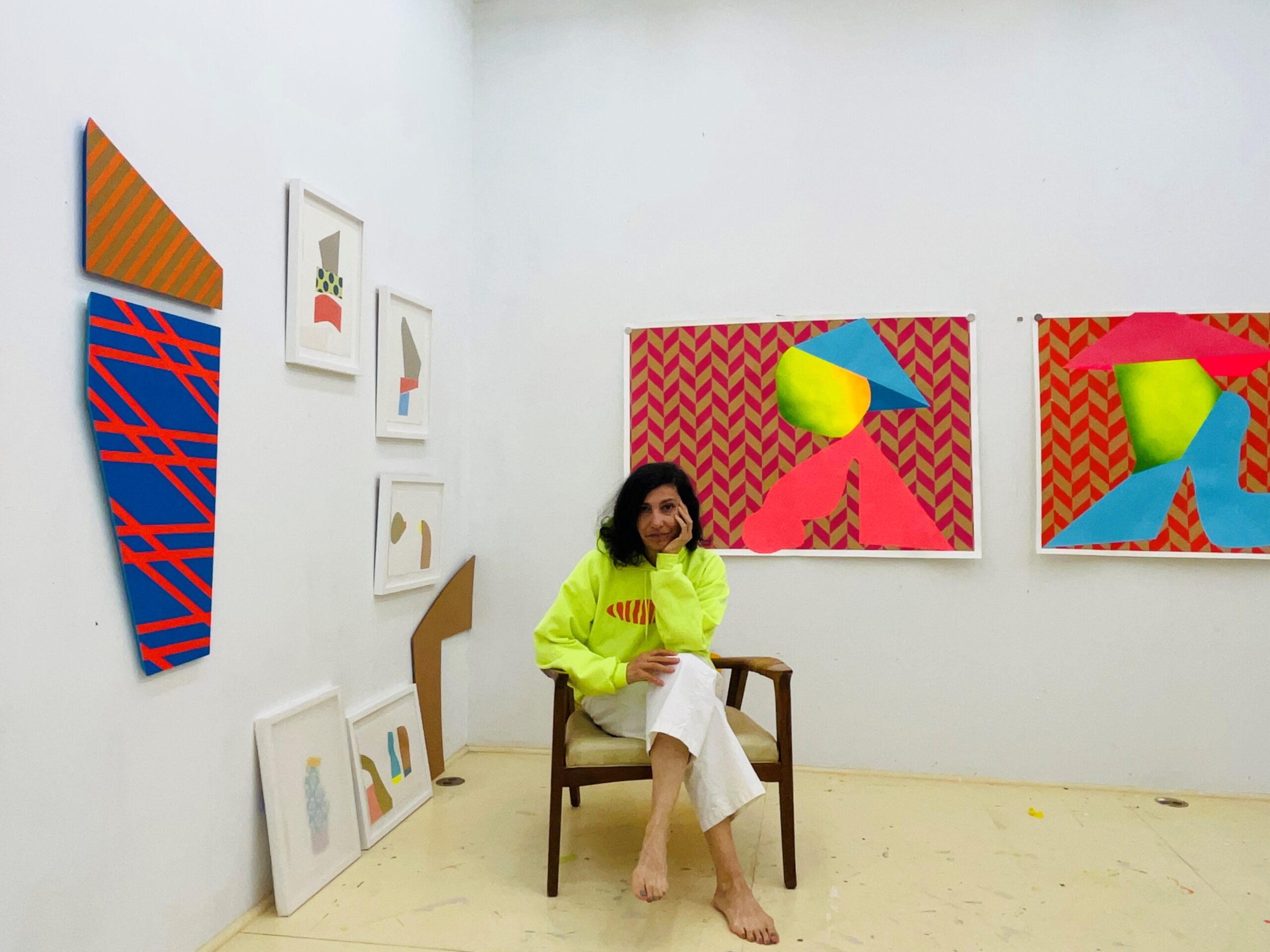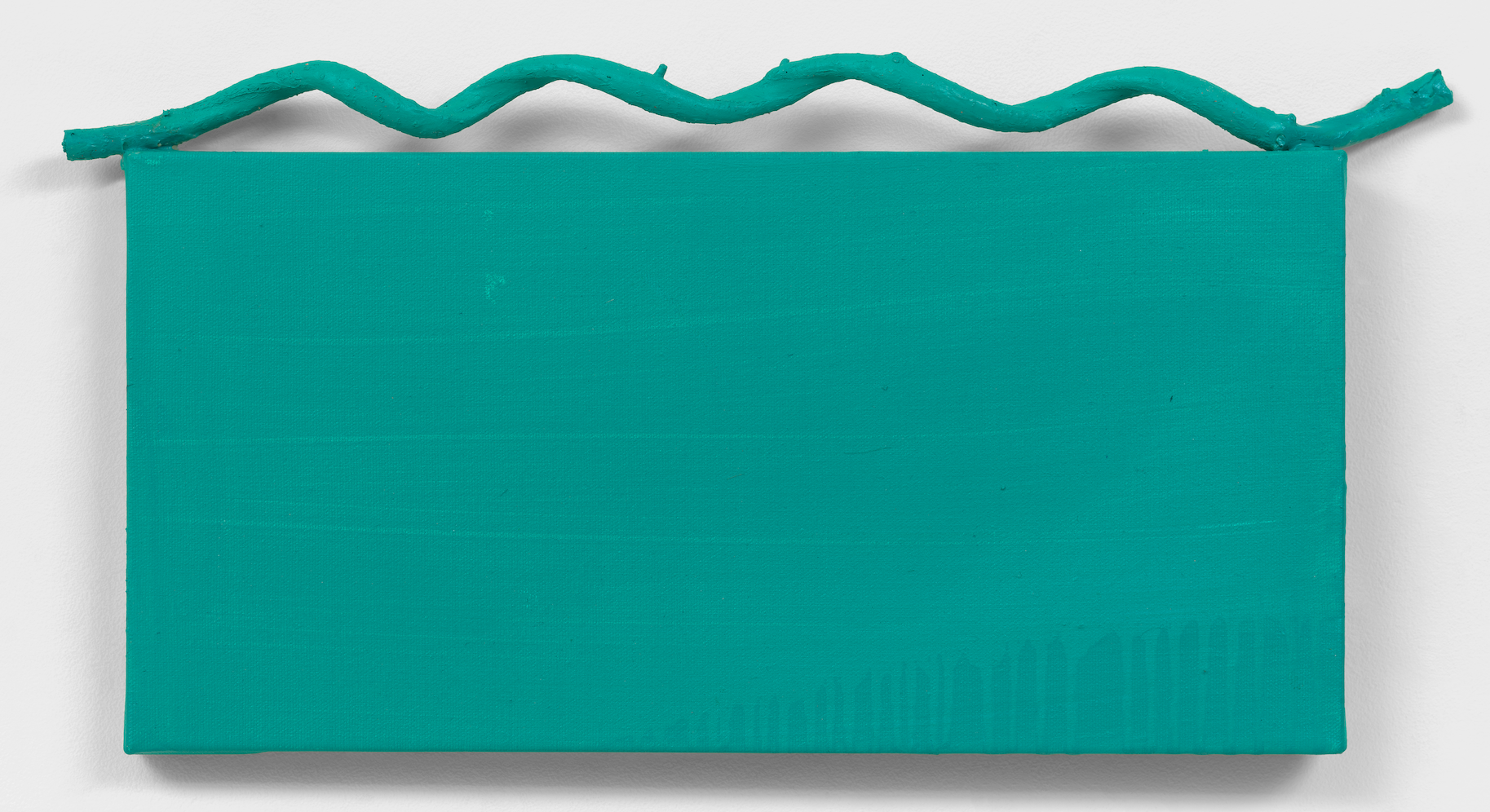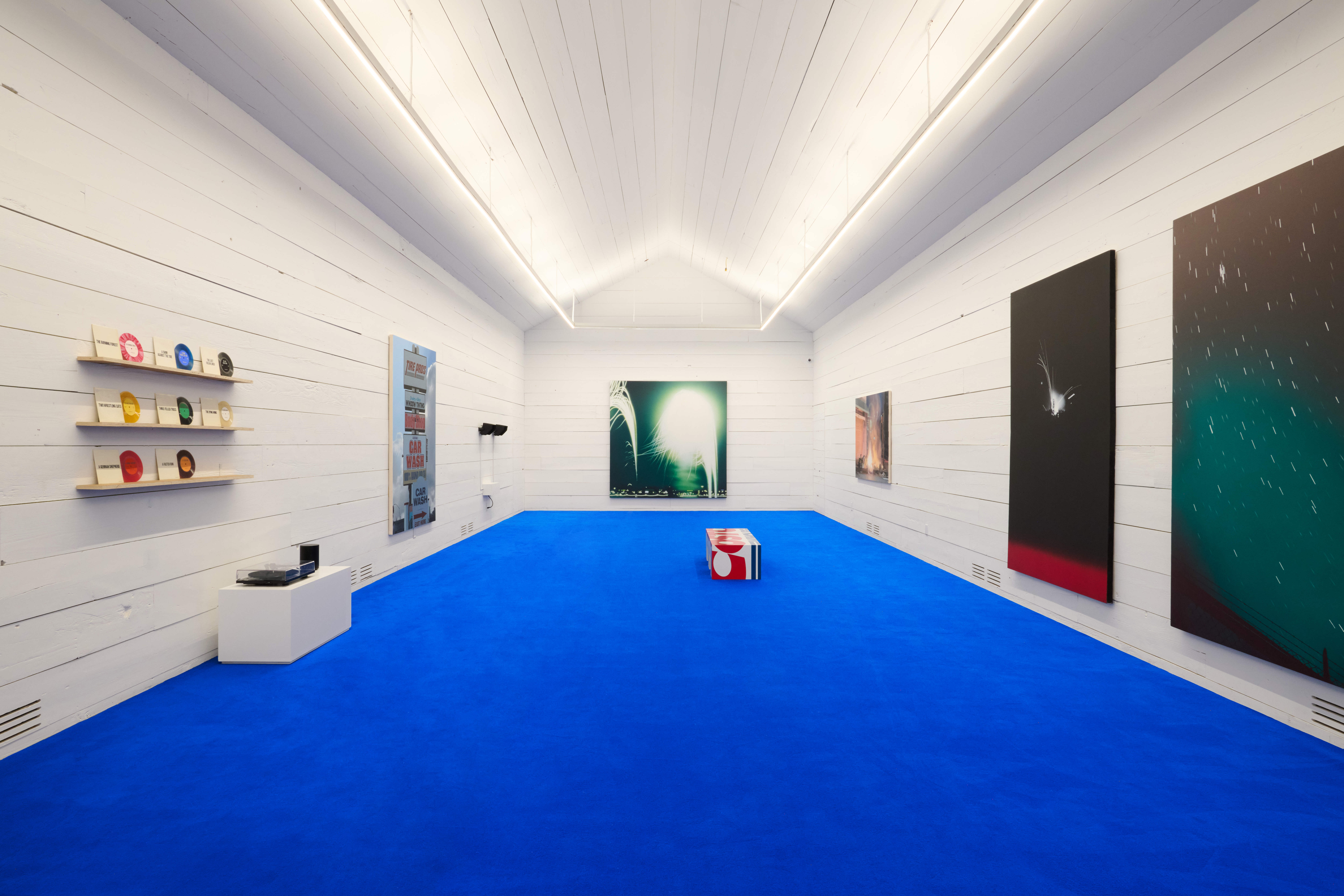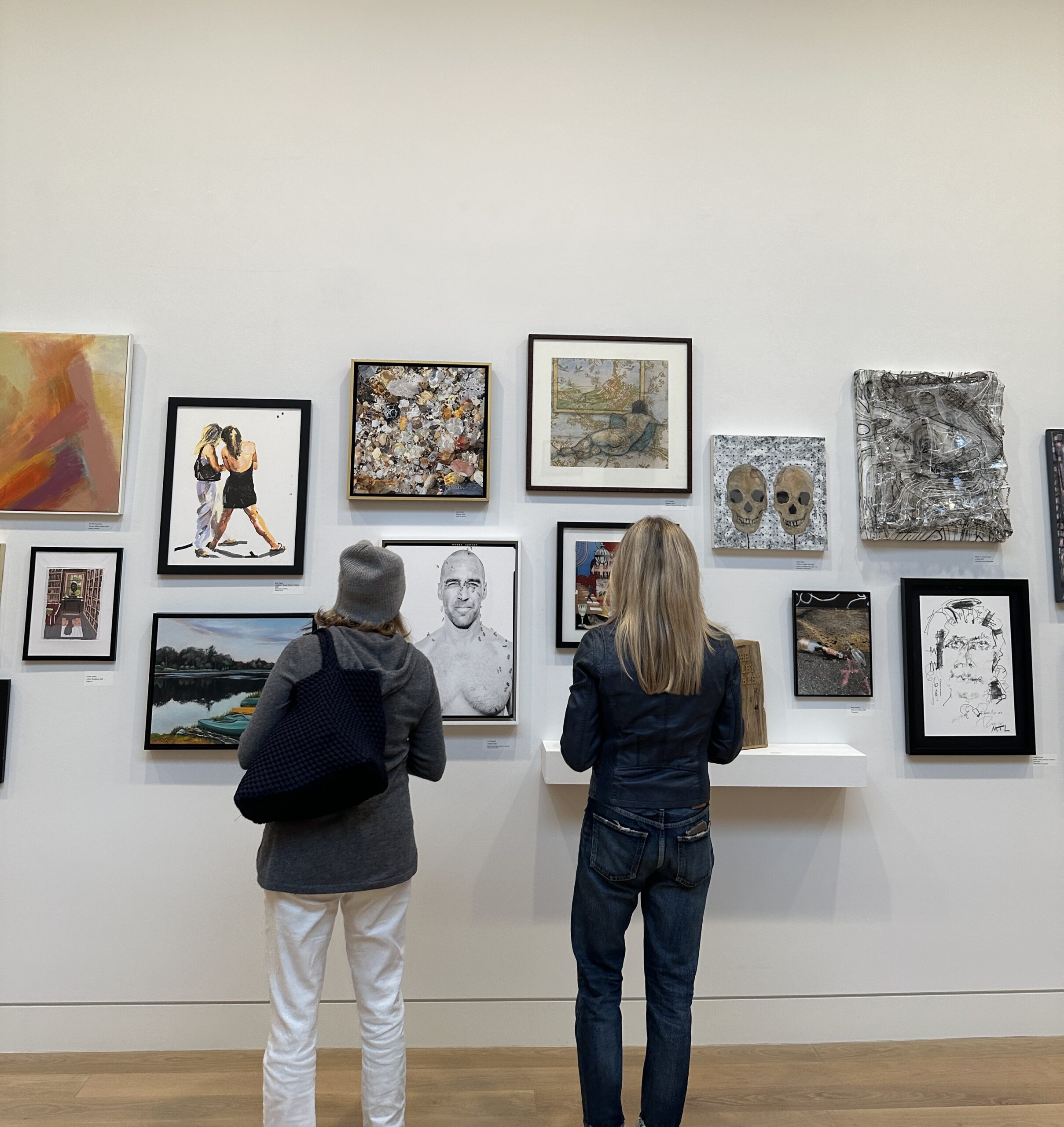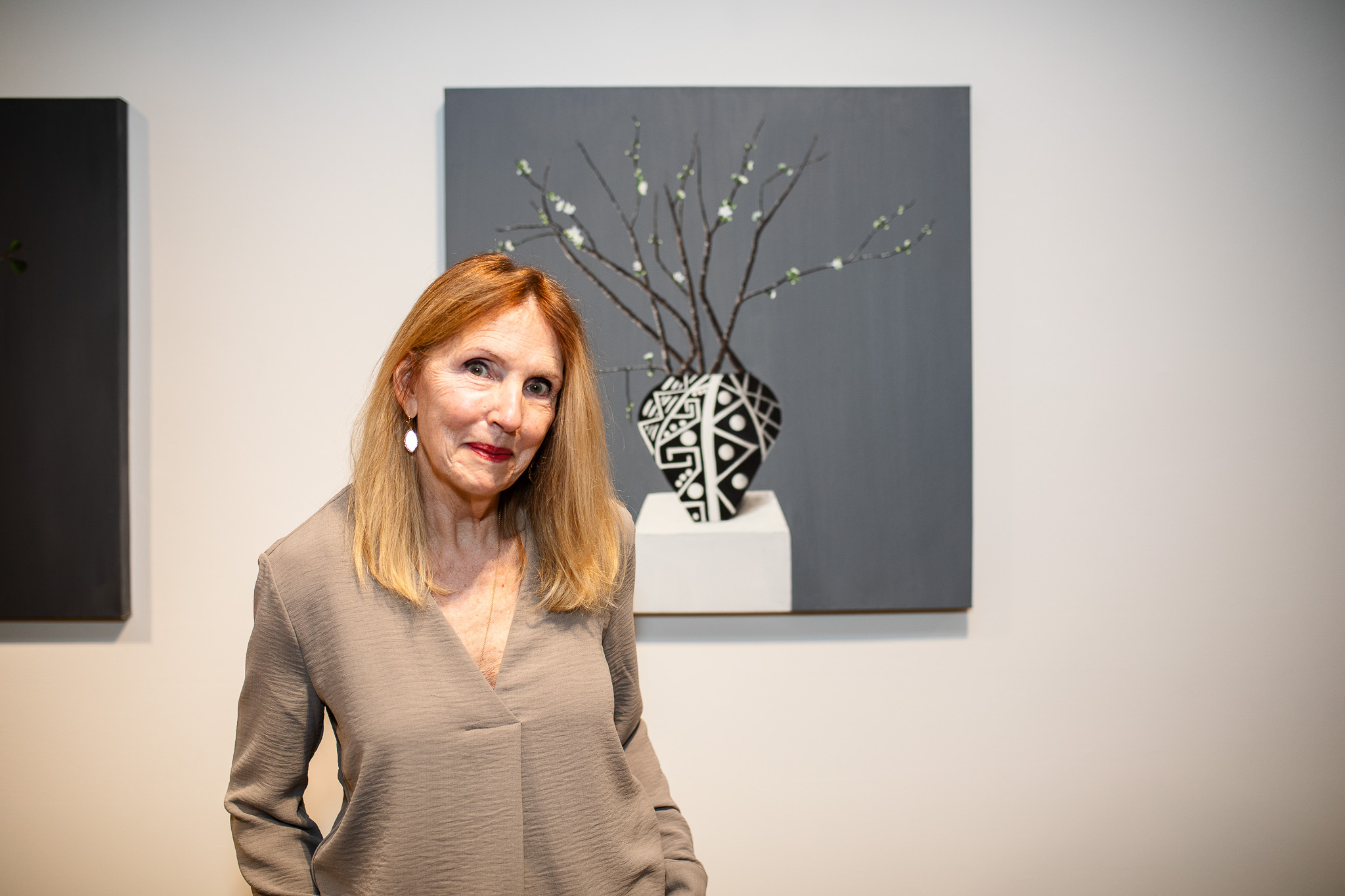“I started making couches about 1969 or 1970. I needed some place to sit down, which is the best reason for making them, I suppose.” —John Chamberlain.
Artists often come to be associated with specific mediums or bodies of work when in fact their practices are much more expansive. Visual artists are frequently also musicians, designers, performers, filmmakers, writers, furniture makers, and so on. An encounter with one of the couches made by John Chamberlain, an artist best known for his metal sculptures, can be surprising, but the reality is that artists integrate their studio practices into all their life activities.
This presentation focuses on East End artists who have produced functional furniture as an extension of their creative practices—as a means of problem-solving, as an element of designed living, and as a way to foster social spaces. Functional Relationships: Artist-Made Furniture presents work by Scott Bluedorn, John Chamberlain, Liz Collins, Quentin Curry, Peter Dayton, Connie Fox, Kurt Gumaer, Mary Heilmann, Yung Jake, Donald Judd, Julian Schnabel, Karen Simon, Strong-Cuevas, Mark Wilson, Robert Wilson, Evan Yee, Nico Yektai, and Almond Zigmund.
In conjunction with Functional Relationships, Guild Hall commissioned two projects as further explorations of this common practice: Lindsay Morris’s photographs of interior spaces show how artists utilize furniture and shape their domestic environments, while Almond Zigmund’s installation Wading Room in the Marks Family South Gallery provides an artist-designed environment for activation through public use and a series of participatory programs.
This exhibition was organized by Melanie Crader, museum director and curator of visual arts, with Philippa Content, museum manager and registrar and Claire Hunter, museum coordinator and curatorial associate.
